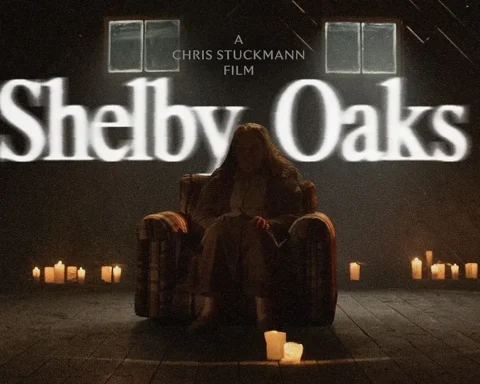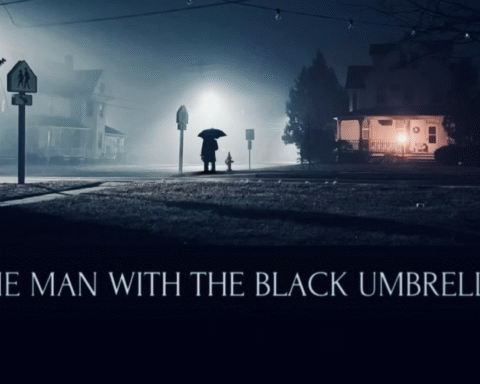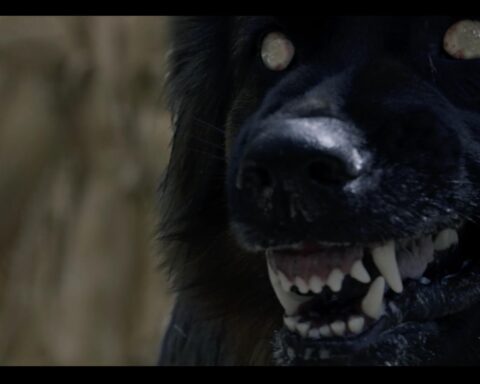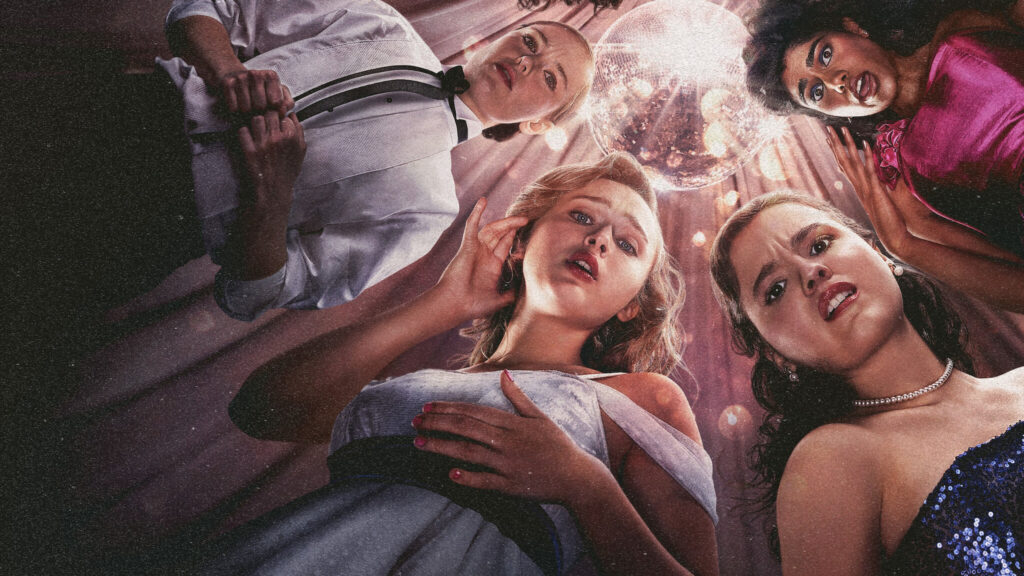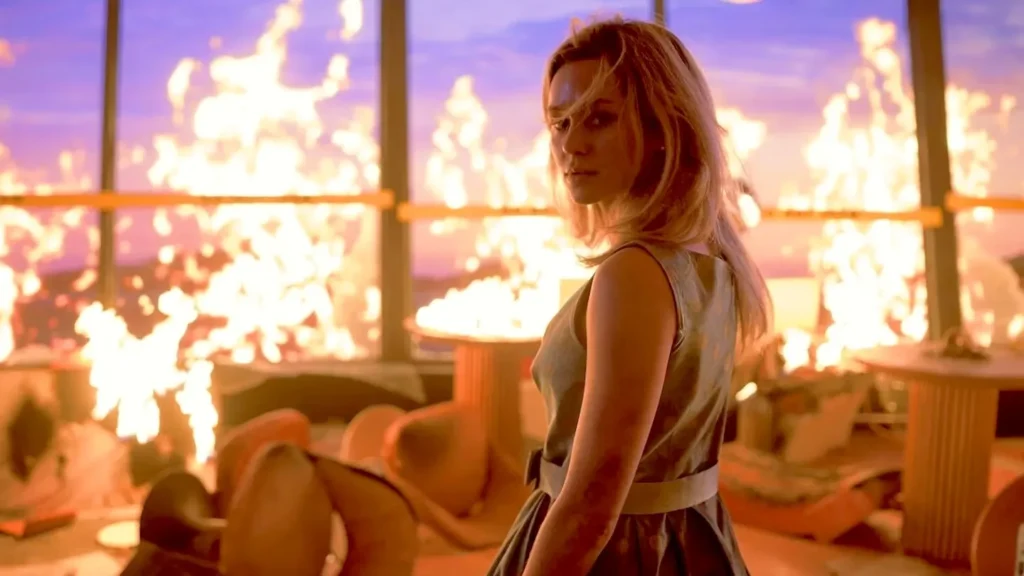When adapting a beloved video game like Until Dawn, there’s always a tightrope to walk: honor the source material or reinterpret it for the screen. David F. Sandberg’s Until Dawn chooses the latter path — which may leave die-hard fans of the PlayStation original scratching their heads. As a standalone horror movie, it’s slick, pacy, and technically competent. But as a faithful adaptation of the game? That’s where things get murky.

Let’s start with what works
Sandberg, best known for Lights Out and Annabelle: Creation, brings a polished touch to the genre. The production values are strong, the pacing brisk, and the setting — an abandoned welcome center in a remote valley — is atmospheric enough to carry the standard horror tropes. The cast, led by Ella Rubin as the guilt-ridden Clover, gives committed performances, despite being saddled with underwritten characters and dialogue that occasionally sounds like rejected CW pilot drafts. Odessa A’zion and Michael Cimino round out the group of doomed twentysomethings, caught in a gruesome time loop after arriving in search of Clover’s missing sister, Melanie.
The plot — five friends investigating a mystery only to be stalked by a masked killer, die horribly, and then reawaken to do it all again — plays like Groundhog Day by way of Happy Death Day, but without either film’s bite or originality. Despite the endless cycle of slaughters, the deaths rarely manage to shock or even unsettle. Some kills are graphic (one poor soul explodes into flying limbs), but repetition breeds familiarity, not fear. As the film wears on, the tension flattens — death starts to feel more like a minor inconvenience than a horror movie’s ultimate threat.

But the real elephant in the room? This movie barely feels like Until Dawn.
The original game, released in 2015, was a tense, choice-driven horror story with a strong ensemble cast, split-second moral decisions, and a looming sense that every choice might be your last. Its greatest innovation was its interactivity — you were the characters, shaping their survival or demise through your actions. It was like playing a horror movie in real time.
In contrast, the film adaptation strips away all interactivity — as it must — and doesn’t really try to substitute anything in its place. There’s no attempt at moral complexity, no branching narratives, and very little psychological depth. It nods faintly to trauma and guilt as themes but never explores them meaningfully. The time loop mechanic, rather than enhancing immersion, just feels like a narrative shortcut — a way to justify more kills without consequence.
This is where Until Dawn stumbles hardest. As a standalone movie, it’s serviceable horror — maybe even a fun watch for casual fans of gory thrillers or time loop plots. But as an adaptation, it misunderstands what made the game special. While Peter Stormare makes a welcome, if baffling, reappearance as a cryptic advisor figure, it’s a nostalgic flourish rather than a true bridge to the game’s identity.

In the game, you felt the weight of every choice. In the movie, the characters simply run, die, repeat.
There’s a Scooby Doo-like charm to the investigative bits, with the characters spotting clues and piecing together what’s happening. But you can’t help feeling like you should be holding a controller, not popcorn. For fans of the original, that disconnect is frustrating. You don’t want to watch the story unfold — you want to play it.
Until Dawn the movie is a perfectly adequate genre offering — not scary, but watchable. It delivers a polished, blood-soaked 90 minutes of time-loop horror with a likable cast and stylish direction. But its biggest crime is that it never feels like Until Dawn. It takes the name, the logo, and a few character names, but none of the soul.
For horror movie fans, it might scratch a small itch. For fans of the game? It’s a missed opportunity. You’ll likely walk away wondering what a real adaptation — one that leaned into interactivity, psychology, and branching consequences — might have looked like.


